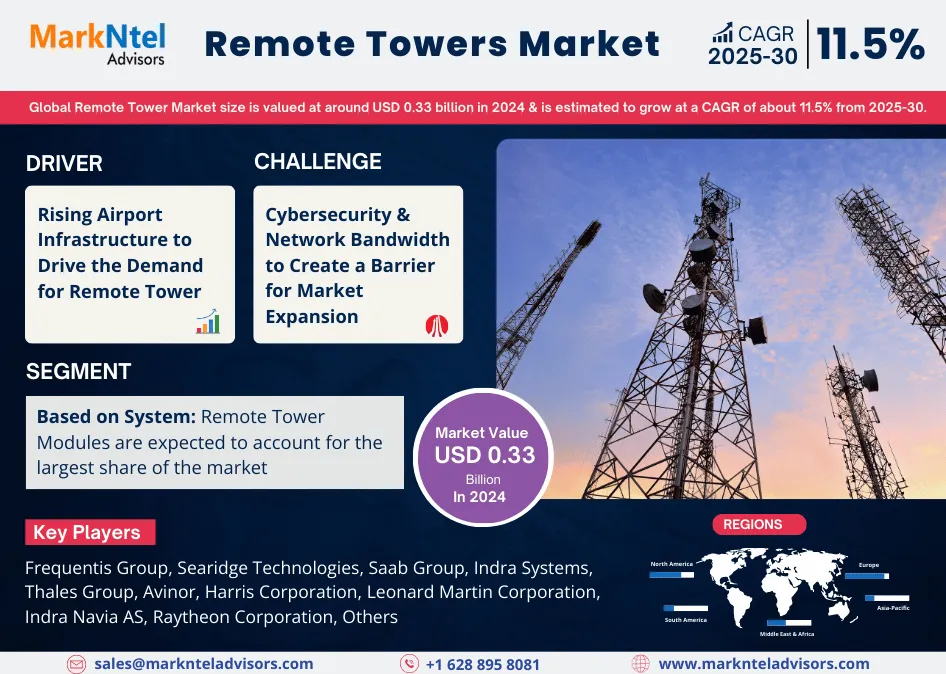How Do Market Fluctuations Influence Cryptocurrency Exchange Development?
Cryptocurrency has revolutionized the financial world, offering a decentralized, borderless alternative to traditional fiat systems. But along with innovation comes volatility. Price fluctuations in cryptocurrencies are not just common—they are expected. These swings in value profoundly affect the behavior of traders, investors, regulators, and especially the trajectory of Cryptocurrency Exchange Development. As exchanges act as the primary gateway for users to access the crypto market, their design, functionality, and reliability are continuously tested and refined in response to this volatility.
The Nature of Cryptocurrency Market Volatility
Unlike traditional markets, cryptocurrency trading operates 24/7 across the globe. This round-the-clock access contributes to the dynamic nature of digital assets. Prices of coins and tokens can shift dramatically within minutes, driven by news, social media trends, changes in regulation, and macroeconomic factors such as inflation data or interest rate announcements. These fluctuations are also exacerbated by the relatively low liquidity and market capitalization of many cryptocurrencies, making them more susceptible to large buy or sell orders.
While volatility introduces risk, it also creates opportunities for profit, which is why millions are drawn to crypto trading. However, this same volatility presents a unique set of challenges for developers and stakeholders responsible for building and maintaining secure, user-friendly exchange platforms.
Why Volatility Matters in Cryptocurrency Exchange Development
Exchange Stability and Infrastructure Resilience
During periods of extreme price movement—like a sudden Bitcoin crash or a meme coin rally—exchanges often face enormous surges in traffic. Without robust backend infrastructure, exchanges can experience outages, delayed order executions, and even loss of user funds. Developers must anticipate these spikes and implement scalable cloud-based architectures, load balancing, and high-frequency data processing to maintain uptime and performance under stress.
Failure to adapt to high-volume periods can tarnish an exchange’s reputation and lead to loss of users and regulatory scrutiny. Therefore, Cryptocurrency Exchange Development is deeply influenced by the need for high availability and fault tolerance.
Real-Time Data Processing and Analytics
Fluctuating markets require exchanges to offer lightning-fast order execution and accurate pricing data. Latency of even a few milliseconds can lead to losses for high-frequency traders or arbitrageurs. As a result, developers must optimize APIs, trading engines, and database architectures to support real-time analytics and seamless trading experiences.
Moreover, advanced charting tools, live order books, and predictive analytics become essential features for traders trying to navigate rapid market changes. The ability of an exchange to provide precise and timely information is a direct response to the volatility in the crypto space.
Risk Management and Automated Controls
Volatility also pushes exchanges to build comprehensive risk management tools. This includes automated liquidation engines, margin control systems, stop-loss functionalities, and circuit breakers that temporarily halt trading during extreme price events. These features help protect both the platform and its users from severe losses.
Additionally, security is paramount during chaotic market movements, as cybercriminals often exploit the distraction of high-volume trading to launch attacks. Therefore, Cryptocurrency Exchange Development Companies integrate advanced cybersecurity measures such as multi-signature wallets, AI-driven fraud detection, and KYC/AML compliance tools.
User Experience and Interface Evolution
During turbulent market conditions, users need immediate access to trading functionalities without having to navigate a cluttered interface. UX/UI design in Cryptocurrency Exchange Development adapts to include intuitive dashboards, customizable views, and minimal latency in displaying market data. These enhancements improve user confidence and retention during both bull and bear markets.
Clear communication is also key—error messages, warnings, and confirmations must be timely and understandable. This aspect of exchange development becomes even more important when users are making decisions in seconds based on sudden price movements.
Regulatory Adaptation and Compliance
Market volatility often draws the attention of regulatory bodies. Sudden crashes or fraud cases during high-volatility periods lead to new compliance requirements. Exchanges must be built with flexibility in mind to adapt to changing laws across jurisdictions. This includes implementing dynamic KYC/AML systems, transaction monitoring, and reporting functionalities that align with local and international standards.
Developers must be prepared to frequently update backend systems to meet evolving compliance mandates, especially when governments introduce new rules in response to high-profile market events.
Innovation in Features Fueled by Market Dynamics
Volatility doesn’t just impose challenges—it also encourages innovation. Many of the features now standard in modern exchanges, such as derivatives trading, automated trading bots, staking, and decentralized finance (DeFi) integrations, are direct responses to user demand during market fluctuations.
Cryptocurrency Exchange Development has grown more sophisticated, offering diverse products like futures, options, margin trading, and copy trading. These features help users manage risk and capitalize on market movements more strategically. Developers are increasingly implementing AI and machine learning to enhance trade prediction, portfolio analysis, and real-time alerts.
The Competitive Edge: Adapting to Fluctuations with Speed and Foresight
In a highly competitive industry, the ability of an exchange to adapt quickly to market volatility can define its success. Delays in implementing new features or resolving performance issues can drive users to competitors. For Cryptocurrency Exchange Development Companies, staying ahead of market shifts means proactive innovation, continuous testing, and agile development cycles.
Exchanges that respond effectively to volatility are more likely to attract institutional investors, high-volume traders, and global user bases. This reinforces the idea that volatility is not merely a challenge but a catalyst for growth and progress in exchange development.
Conclusion
Market fluctuations are an inherent characteristic of the cryptocurrency landscape. Rather than fearing volatility, successful exchanges embrace it as an opportunity to innovate, strengthen, and expand. This reality places tremendous responsibility on developers and exchange operators to build platforms that are secure, scalable, and responsive to change.
If you’re looking to build a resilient, future-ready exchange platform, partnering with an experienced Cryptocurrency Exchange Development Company is essential. Wisewaytec, a leader in Cryptocurrency Exchange Development, brings strategic foresight, cutting-edge technology, and deep market insight to help businesses turn volatility into competitive advantage. With Wisewaytec, you’re not just building an exchange—you’re building a dynamic ecosystem ready to thrive in every market condition.











